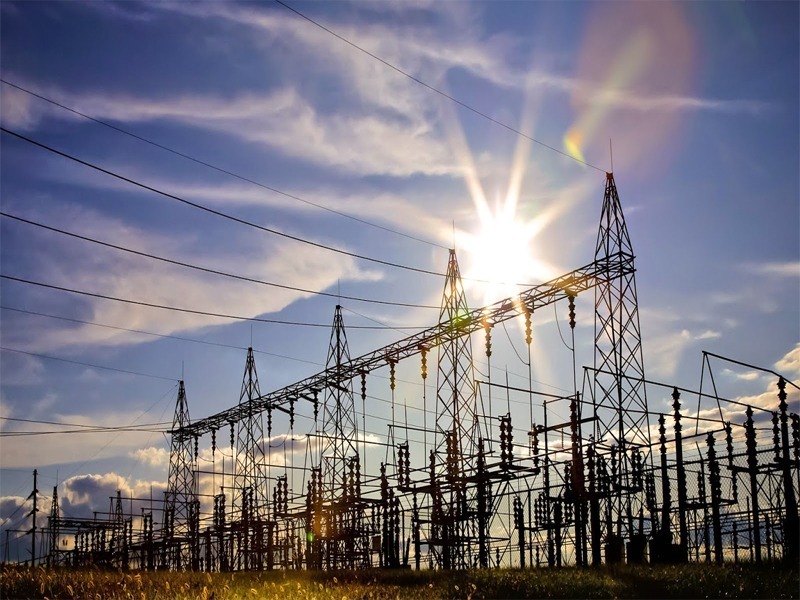Inefficiencies and Losses Threaten Financial Stability of J&K’s Power Sector
Srinagar 04 April 2025: A Bleeding Power System The electricity sector in Jammu and Kashmir faces a financial crisis, with the region reportedly incurring a loss of Rs 4.5 for every unit of electricity supplied. This staggering deficit highlights a deep-rooted issue in the Union Territory’s power distribution system, plagued by inefficiencies, high losses, and operational challenges.
Key Issues Driving Losses
- Transmission and Distribution (T&D) Losses: Jammu and Kashmir has one of the highest T&D loss rates in India, attributed to outdated infrastructure, theft, and unaccounted-for energy usage. These inefficiencies result in substantial revenue leakage for the Power Development Department (PDD).
- Subsidized Tariffs: The power tariffs in Jammu and Kashmir are heavily subsidized to provide affordable electricity to consumers. However, the gap between the procurement cost and the actual revenue generated has widened, exacerbating financial challenges.
- Cost of Power Procurement: The region relies on purchasing electricity from external sources to meet its demand, adding to the financial strain.
Impact on the Region
The financial losses in the power sector have cascading effects on the overall development of Jammu and Kashmir. The funds that could be allocated to critical infrastructure projects, healthcare, or education are instead diverted to cover power sector deficits. This hampers the region’s progress and economic stability.
Additionally, the losses discourage private investments in the energy sector, further limiting opportunities for modernization and efficiency improvements.
Possible Solutions
Experts and officials have proposed several measures to address the crisis:
- Upgrading Power Infrastructure: Investing in modernizing the power grid and upgrading infrastructure can help reduce T&D losses significantly. Advanced metering systems and energy audits could also curb electricity theft.
- Promoting Renewable Energy: Harnessing renewable energy sources such as solar, wind, and hydropower could reduce the region’s reliance on expensive external power purchases.
- Stricter Billing Mechanisms: Enforcing strict billing and collection systems can improve revenue recovery and minimize consumer defaults.
- Public Awareness Campaigns: Encouraging citizens to adopt energy-efficient practices and report unauthorized electricity usage can foster a sense of accountability.
- Policy Reforms: Introducing reforms to ensure a balance between affordability for consumers and financial sustainability for the sector is essential.
Government’s Perspective
The Jammu and Kashmir administration has acknowledged the need to revamp the power sector and is exploring various initiatives to address the crisis. A senior official from the Power Development Department remarked, “We are working towards reducing losses and improving the overall efficiency of the electricity distribution network. However, cooperation from the public and stakeholders is equally crucial to achieve sustainable results.”
Looking Ahead
The electricity sector’s challenges in Jammu and Kashmir demand urgent and comprehensive action. Addressing the financial losses requires a multi-pronged approach involving infrastructure upgrades, policy reforms, and community participation. With the right strategies, the region could transform its power sector into a sustainable and efficient model, easing the economic burden and fostering development.



